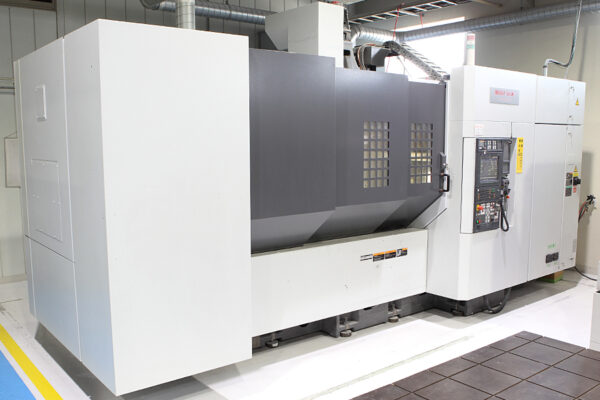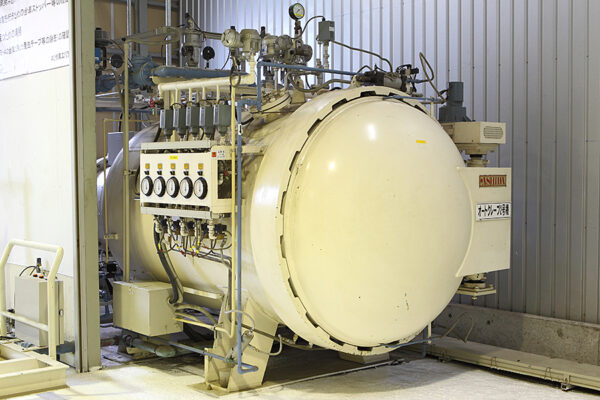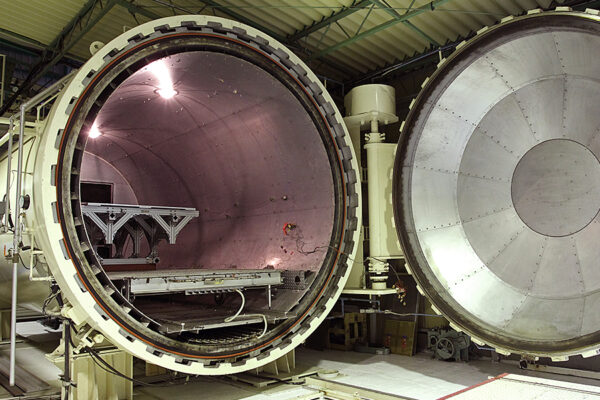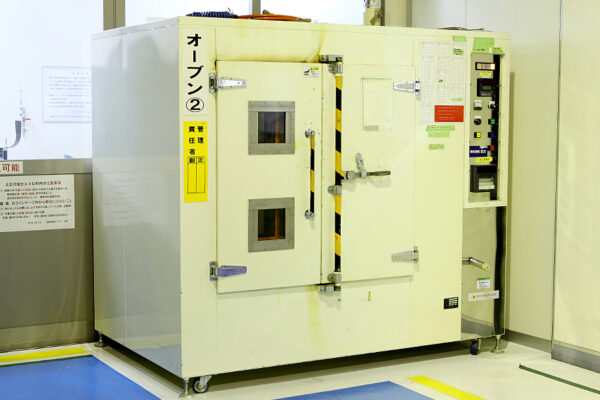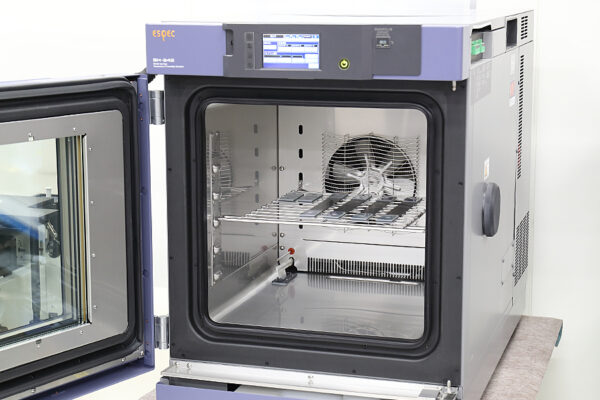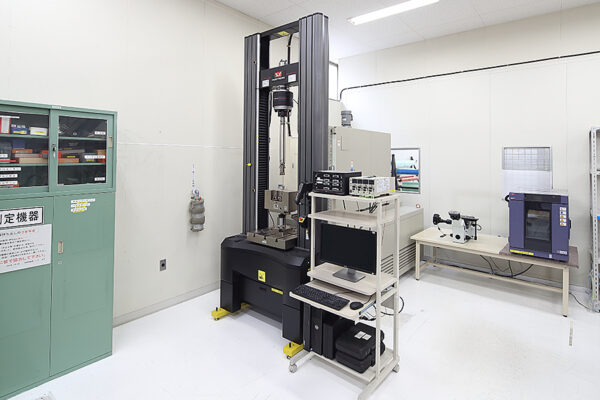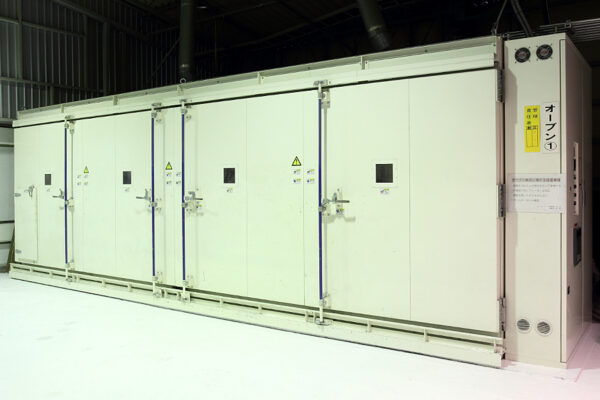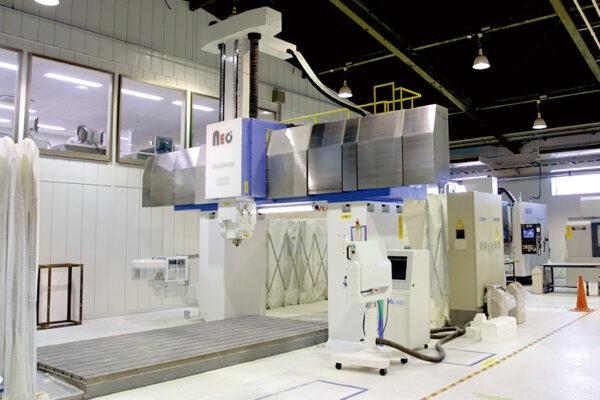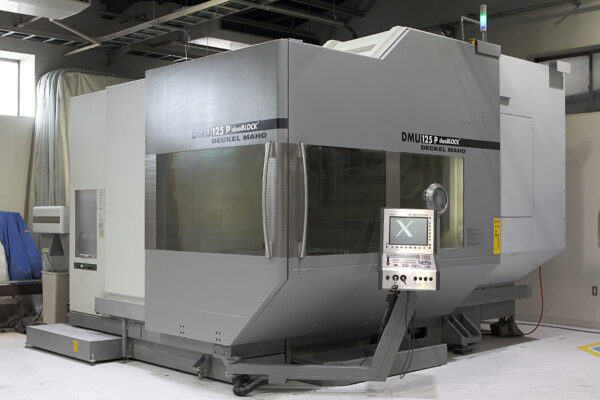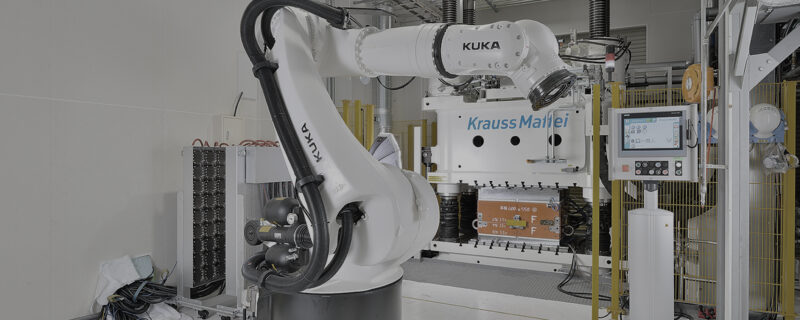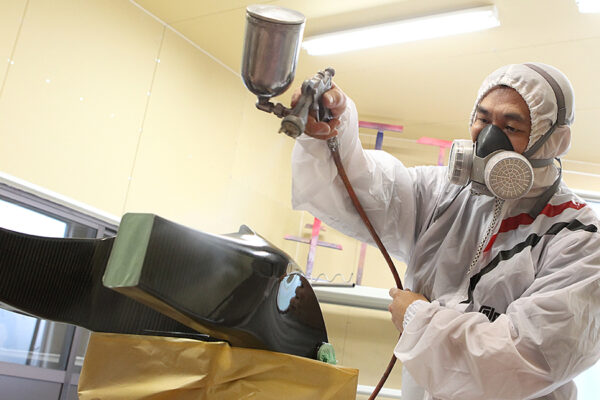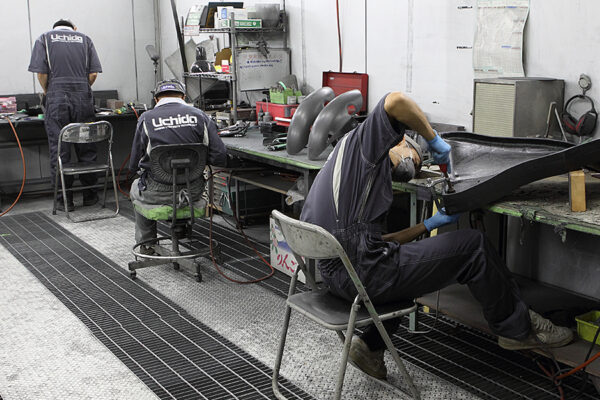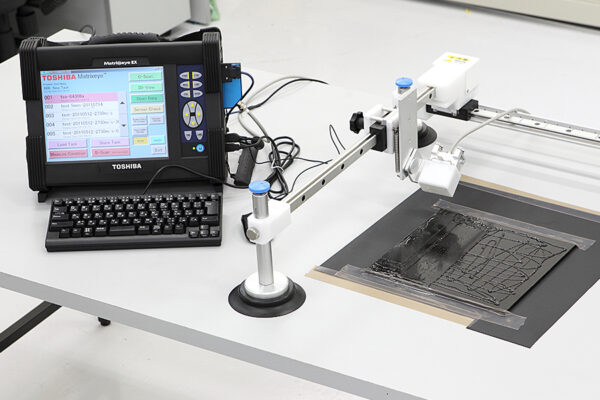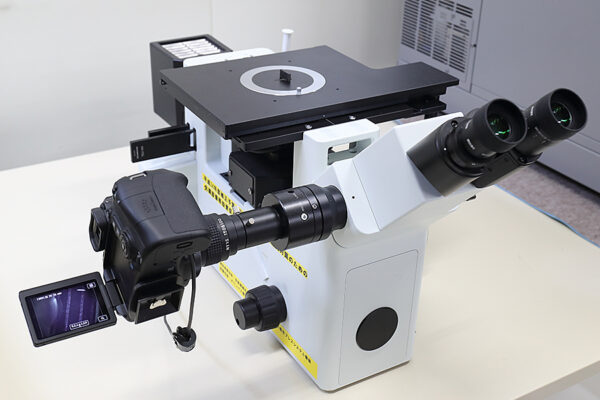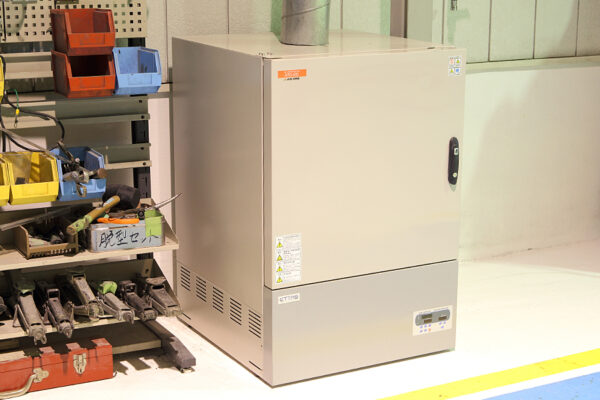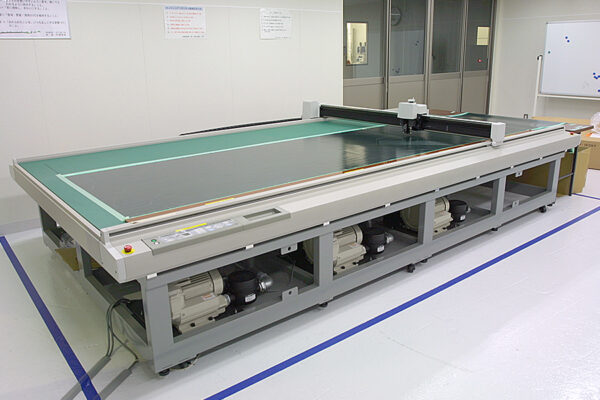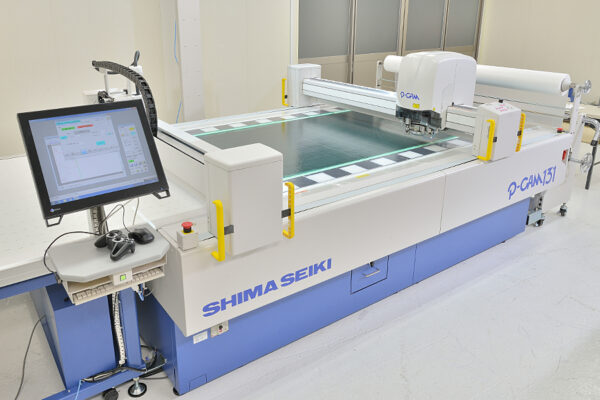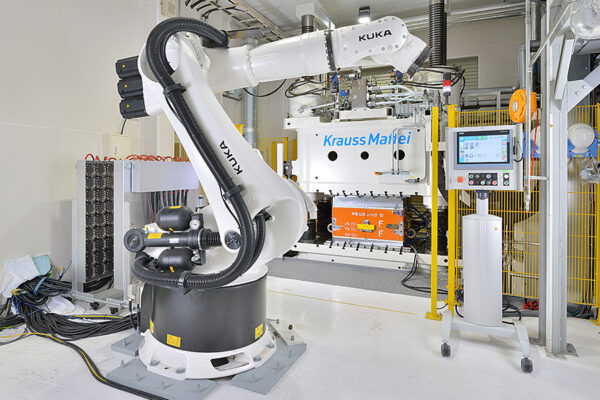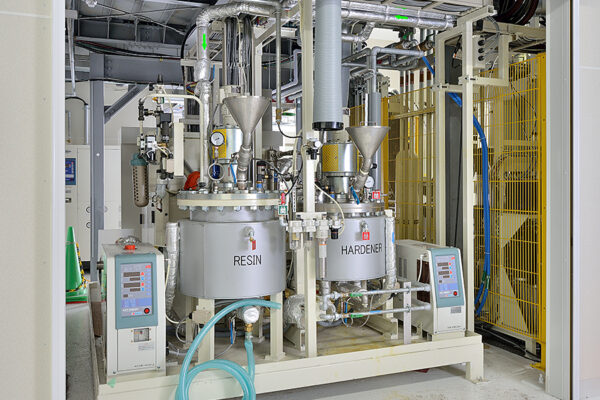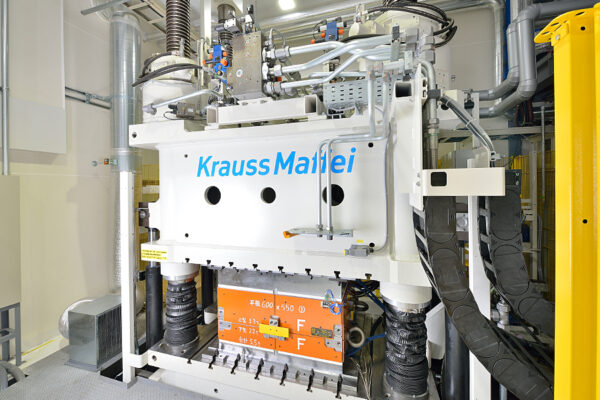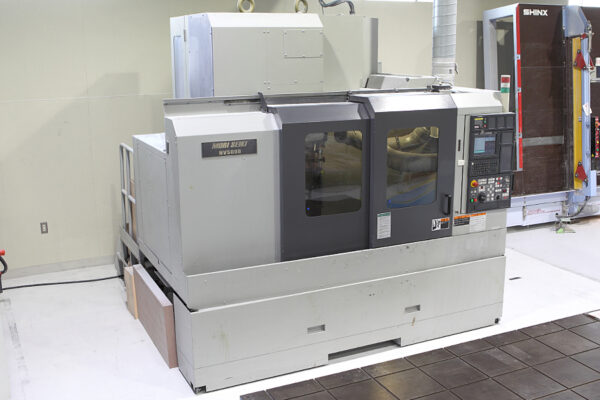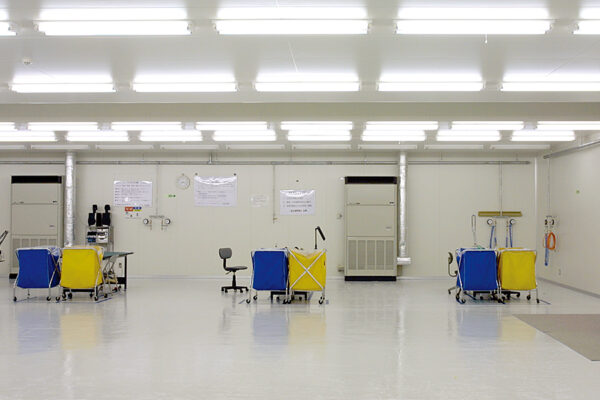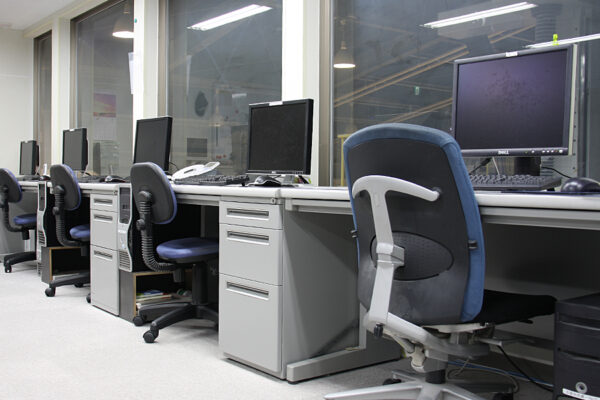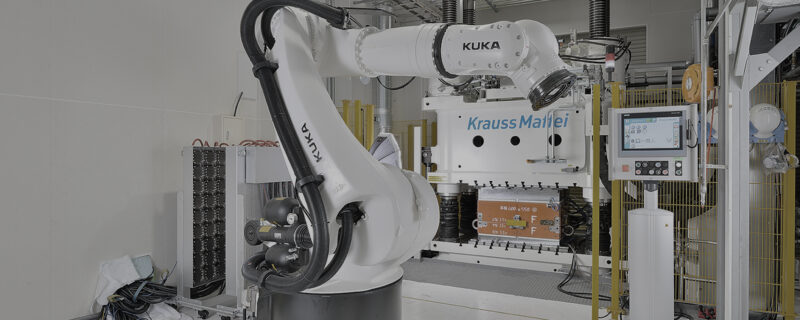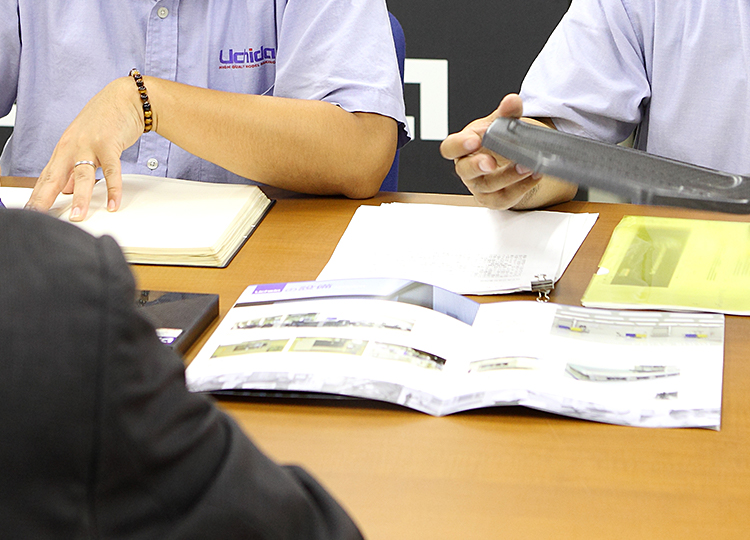Introduction
Carbon fiber reinforced plastic (CFRP) is a composite material that combines carbon fiber-based reinforcement with thermosetting or thermoplastic resin. Due to its characteristics, CFRP is used in a variety of industries, including aerospace, sporting goods, and vehicle parts. Due to its high strength and lightness, it has contributed to the weight reduction and performance improvement of various products in recent years.
In this column, we will explain the characteristics of CFRP in detail from several perspectives.
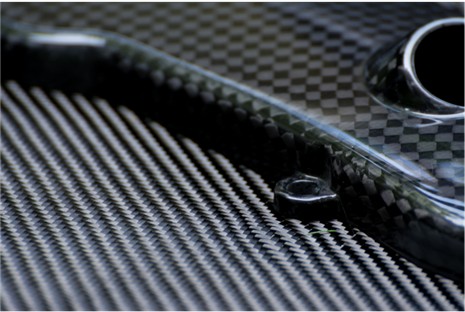
High strength and high rigidity
CFRP’s greatest features are its high strength and rigidity. Carbon fiber itself has very high tensile strength and is lightweight, so CFRP has excellent mechanical properties. It has particularly excellent tensile strength and bending strength, and while being lighter than conventional metal materials, it exhibits the same or greater strength. For this reason, it is widely used in fields that require light weight and high strength, such as aircraft fuselages, sports equipment, and vehicle structural parts.
Lightweight
CFRP is extremely lightweight, which is a great advantage in areas where weight reduction is important. Carbon fiber itself is a very light material, and CFRP based on it is attracting attention for its light weight. In automobiles and aircraft, the use of CFRP is increasing because weight reduction has a direct impact on improving fuel efficiency and driving performance. Lightweightness is also required in sports and outdoor goods, and CFRP is used in shoes, golf clubs, tennis rackets, etc.
Corrosion resistance
CFRP has superior corrosion resistance compared to metals. Metals such as iron and aluminum are vulnerable to oxidation and rust, but CFRP is highly resistant to moisture, acid, and salt, and is less susceptible to corrosion, so it can be used for long periods of time in marine environments and places with high humidity. For this reason, it is suitable for products that need to withstand harsh environmental conditions, such as ships and marine structures.
High degree of design freedom
CFRP has excellent moldability, making it possible to manufacture products with complex shapes and designs. By changing the arrangement of carbon fibers, it is possible to concentrate the necessary strength in specific areas, achieving a reduction in the overall weight of the product while ensuring the required strength. This characteristic makes it ideal for parts that require a high degree of design freedom, such as complex shapes such as aircraft wings and vehicle frames.
Excellent fatigue strength
CFRP exhibits extremely high fatigue strength even under repeated loads. This allows it to maintain its performance even over long periods of use, making it suitable for parts where durability is important, such as vehicle chassis and aircraft structural parts. Compared to metals, CFRP is more resistant to fatigue caused by repeated loads and can achieve a long service life.
Performance in high-temperature environments
CFRP can withstand high-temperature environments, but its heat resistance depends on the resin used. Some CFRPs using thermosetting resins can be used at high temperatures, but CFRPs using thermoplastic resins may be somewhat weak against high temperatures. Nevertheless, because it has a lower thermal expansion coefficient than metals, it exhibits stable performance even in high-temperature environments.
High damping properties
CFRP also has excellent damping properties that absorb shocks and vibrations. For this reason, it is also effective in automobiles, aircraft, and machine parts, where reducing noise and vibration is important. In particular, by utilizing the damping properties of CFRP in automobile suspensions and aircraft body design, it is possible to achieve a comfortable driving and quiet ride.
Cost and manufacturing issues
While CFRP has excellent performance, it has issues such as high manufacturing costs and difficulty in processing. The manufacturing process of carbon fiber is time-consuming and requires special equipment. In addition, CFRP requires high temperatures and high pressures during molding, so manufacturing costs tend to be high. However, in recent years, advances in manufacturing technology have led to cost reductions, and further spread is expected in the future.
Environmental Considerations
CFRP is difficult to recycle, and there is a demand for its use in an environmentally friendly manner. Currently, CFRP recycling technology is being researched, and efforts are underway to find a solution. In particular, in the automotive and aircraft industries, improvements are being made to recycling methods at the time of disposal. As technological innovation progresses to reduce environmental impact, consideration of the environmental impact of CFRP has become an important issue.
Summary
Carbon fiber reinforced plastics (CFRP) is a composite material with many excellent properties, such as light weight, high strength, corrosion resistance, and excellent design freedom. It is widely used in fields such as automobiles, aircraft, sports equipment, and industrial machinery, and future technological innovations are expected to expand its use to even more fields. However, there are still issues such as manufacturing costs and recyclability, and solutions to these issues will be the key to its future widespread use.

Related useful contents
You can explore related content by clicking on a topic of interest.
ABOUT UCHIDA - 55 years since our founding
We leverage a wealth of technical expertise as a CFRP molding and processing manufacturer using FRP, GFRP, and CFRP materials. We offer a one-stop solution, encompassing design, analysis, manufacturing, secondary processing, assembly, painting, quality assurance, and testing.
UCHIDA's equipment
We have cutting-edge equipment to ensure that we can address even the most advanced challenges of our customers.
Video Library
In the following video, we provide a detailed overview of our manufacturing process. Please feel free to watch and learn more.


